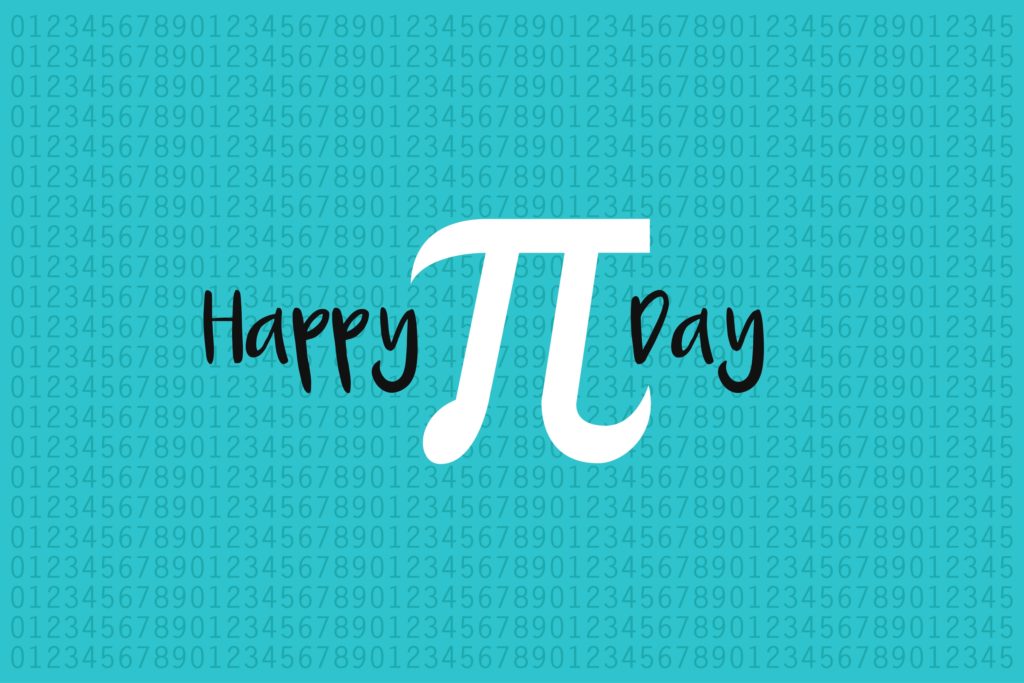Today is Pi Day! No, not a day for celebrating pies — a day for celebrating a number, and not just any number: 3.141592654., or simply, “Pi.” Pi is a number that represents circles. It’s defined as the ratio of the circumference of a circle to its diameter, and is often represented as the symbol π.
If you measure a circle — any circle — it doesn’t matter how big it is, its diameter will always be the same as any other circle. While its numerical form ends at four, Pi is actually an infinite number. But since calculators run out of room after 4, Pi is often represented simply as the number 3.14.
Pi is infinite – just like a circle, it has no beginning or end. Therefore, its true value will never be known, meaning it’s an irrational number. That’s why it’s so unique!
For thousands of years, mathematicians struggled to understand Pi, because they didn’t believe numbers could be irrational — but they were wrong!
Why Celebrate Pi?
Since 1988, Pi Day has been celebrated on March 14. Pi is a very useful number. At first, it was used by architects to design buildings, including, possibly, the pyramids of ancient Egypt. It’s a useful value due to the fact that it represents the circle, making it useful for formulas to solve problems in a number of fields. Today, engineers and scientists use it to make all kinds of calculations, including for industrial design, architecture, robotics, physics, and even space.
Visit the Pi Day website to learn more.
Explore IEEE Try Engineering’s database of lesson plans to teach engineering concepts to your students, aged 4 to 18. Explore areas such as lasers, LED lights, flight, smart buildings, and more through our activities.



















